How Water Enters A Heating Oil Tank & What To Do About It
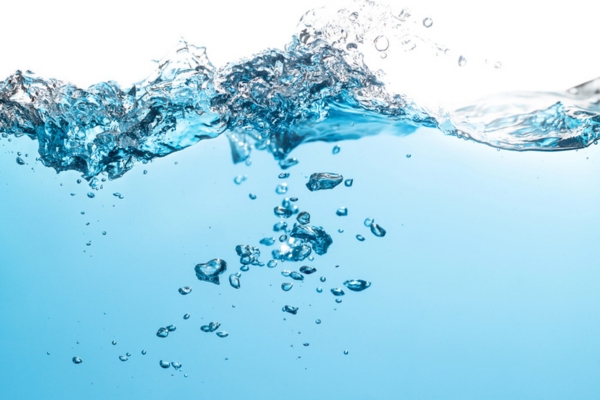
Water in oil tank can result in serious system problems and expensive repairs. McAllister Energy, your trusted heating oil provider in Southern New Jersey, is committed to helping homeowners recognize how water enters oil tanks and how to prevent it from compromising heating performance.
This article explores the typical sources of water contamination, such as internal condensation and external intrusions, and outlines practical ways to maintain fuel integrity and avoid expensive repairs. You can keep your heating system operating efficiently and safeguard it year-round by taking proper preventative steps.
Ensure Consistent Warmth and Dry Fuel: Prevent moisture issues with dependable heating oil delivery from McAllister Energy. Call today!
How Does Water Get Into Your Oil Tank?
Contents
- 1 How Does Water Get Into Your Oil Tank?
- 2 How External Water Gets Into a Fuel Oil Tank
- 3 Impact of Water Contamination on Your Oil Tank and Heating System
- 4 Proactive Oil Tank Maintenance and Expert Support
- 5 FAQs About Water in Oil Tank
- 5.1 What Are the Signs of Hidden Water in an Underground Oil Tank?
- 5.2 Can Water in an Oil Tank Harm My Heating System?
- 5.3 How Can I Tell If Water Has Contaminated My Heating Oil?
- 5.4 What Can I Do to Boost My Tank’s Resistance to Moisture?
- 5.5 Are Modern Oil Tanks Better at Preventing Water Intrusion?
- 6 Final Thoughts
- 7 Contact McAllister Energy for Premier Heating Oil Delivery Services

Several factors can introduce water into your oil tank, and knowing what contributes to this problem is essential for avoiding system issues. Below, we’ll examine the common ways moisture enters your tank and what you can do to resolve them.
Shield Your Heating System with Professional Oil Tank Support: Whether you need a thorough inspection or a full replacement, McAllister Energy is here to help. Get in touch now!
Moisture Buildup from Internal Condensation
Condensation forms inside a heating oil tank when warmer indoor air meets the cooler tank walls, resulting in water droplets. This is especially likely when there is a noticeable temperature contrast between the tank’s surface and the surrounding air.
When there is a large amount of unused space above the oil level, humid air tends to collect, creating an ongoing cycle of condensation that gradually adds more water to the tank.
Inadequate airflow near the tank can worsen the issue by allowing damp air to linger around the tank’s exterior. This moisture remains trapped without proper ventilation, encouraging persistent condensation on the tank walls. Over time, this internal moisture can compromise the heating oil, affecting system performance and efficiency.
Compromised Tank Components: Missing or Faulty Fill and Vent Caps
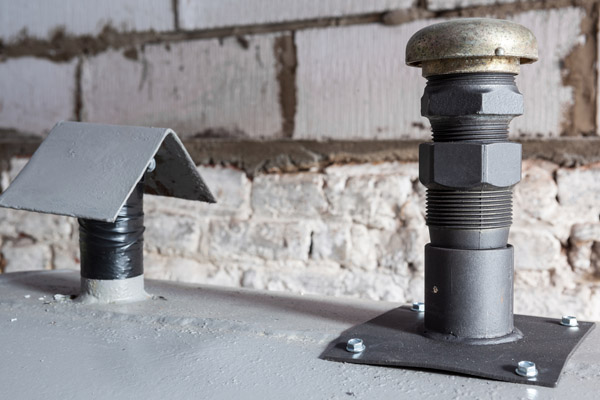
A damaged oil storage tank with loose or defective fill and vent caps can allow moisture to get inside. If the filler cap gaskets are worn or degraded, water from rain or melting snow can leak through the opening and enter the tank.
In addition, vent caps that are missing or not securely attached to fill or breather ports create another entry point for humidity and water. These vulnerabilities let in unwanted moisture, leading to fuel contamination over time.
If zinc flappers become rusted or clogged, they can no longer prevent moisture from entering the tank, increasing the risk of internal damage. Routine checks of breather components and tank seals are crucial to keeping moisture out and preserving the tank’s condition.
Invest in a Long-Lasting Oil Tank Solution: Upgrade your old system with a reliable, high-performance tank. Contact McAllister Energy today!
Cracks and Weld Weaknesses in Heating Oil Tanks
Structural damage in heating oil tanks often results from corrosion. When rust forms beneath insulation or painted surfaces, it can create pinhole leaks and cracks, which let water infiltrate the tank and spoil the fuel. Failures at welded seams are also problematic. Over time, stress on these joints, whether original or from past repairs, can lead to cracking and eventually allow moisture to enter or oil to escape.
External forces like accidental impacts or foundation movement can also lead to cracks in the tank’s structure. These types of mechanical damage, along with corrosion-related fractures and weakened weld seams, can jeopardize the tank’s overall integrity, increasing the risk of fuel contamination and expensive repair needs.
How External Water Gets Into a Fuel Oil Tank
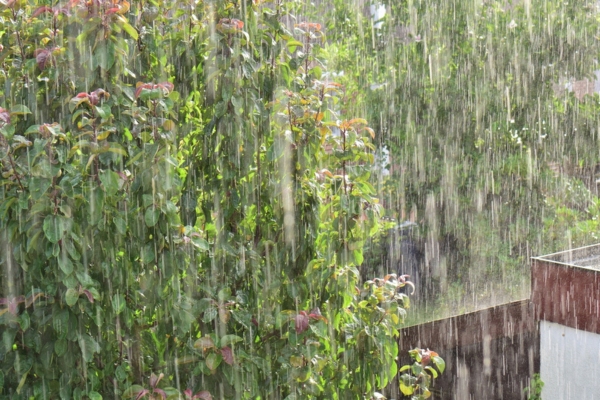
Water can enter a fuel oil tank from outside sources, contaminating it. Flooded basements or prolonged heavy rain may cause water to pool around the tank. If there are any damaged seals or openings, this water can seep in and mix with the fuel, creating performance issues.
In the case of underground tanks, elevated water tables can force groundwater through weak or unsealed areas in the tank wall, leading to severe contamination. Poor site grading or missing gutter systems can worsen the problem by allowing water to collect near the tank. This persistent pooling raises the chances of moisture entering the tank. Ensuring the area around the tank is well-drained is vital to protect the fuel from external water intrusion.
Avoid Heating Disruptions with Timely Oil Deliveries: Keep your tank topped off and moisture-free. Contact McAllister Energy now!
Site Conditions and Environmental Exposure

The surrounding environment plays a key role in how moisture enters oil tanks. Regions with consistently high humidity, such as coastal or tropical locations, create conditions that promote excess condensation inside tanks. Similarly, when tanks are installed near damp areas within the home, like bathrooms or laundry rooms, the elevated indoor humidity can accelerate internal moisture accumulation.
Fluctuating seasonal temperatures further increase the likelihood of condensation, as quick shifts between warm and cold cause water vapor in the air to collect on tank surfaces. Recognizing how outdoor climate conditions and indoor humidity sources contribute to tank moisture can help homeowners implement proactive steps to preserve and minimize contamination.
Keep Your Home Comfortable with Steady Fuel Delivery: Book your next heating oil refill with McAllister Energy. Call us today!
Impact of Water Contamination on Your Oil Tank and Heating System
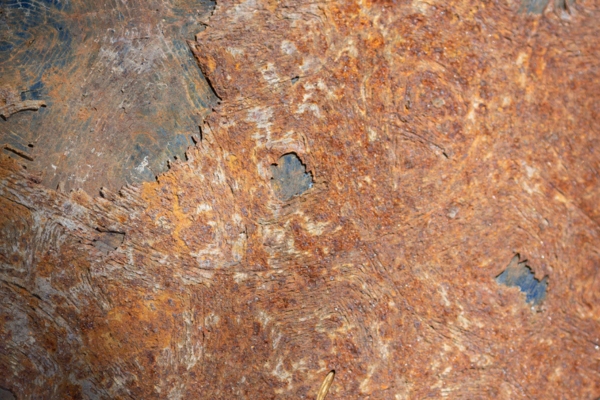
Water entering a home’s oil tank can trigger serious problems affecting the tank and your heating equipment. Below are the primary consequences:
- Microbial Activity and Sludge Formation: Water that settles at the bottom of the tank creates a breeding ground for bacteria known as the “diesel bug.” These microbes feed on the fuel-water boundary, producing thick sludge that can block fuel lines and filters, disrupting oil flow.
- Internal Tank Rust and Surface Deterioration: Moisture trapped inside the tank speeds up oxidation, leading to internal rust and surface pitting. This corrosion weakens the tank structure, increasing the likelihood of leaks and reducing the unit’s durability over time.
- Heating System Malfunctions: Contaminated oil can result in fouled filters, burner misfires, and reduced system efficiency. These performance problems often lead to poor heating output, increased wear on components, and more frequent service calls, all of which raise operational costs.
Complete Oil Tank Replacement Solutions: Count on McAllister Energy for expert installation and reliable service. Contact us today!
Proactive Oil Tank Maintenance and Expert Support
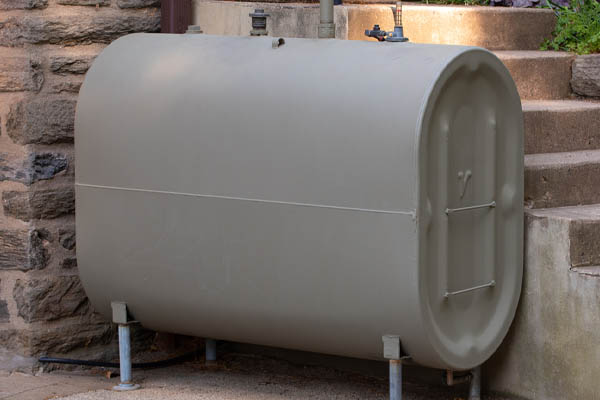
Implementing preventive strategies can greatly lower the risk of water contamination and extend the life of your heating system. The following care practices are key to keeping your tank functioning at its best:
- Keep the Tank Properly Filled: Maintaining your oil level above 80% helps reduce the amount of air in the tank, limiting humidity buildup. Less headspace means fewer opportunities for condensation to form inside.
- Use High-Quality Breathers and Filters: Installing desiccant breathers and moisture-blocking filters on the fuel lines and fill connections helps keep water from entering the tank. These additions provide more protection and support cleaner fuel delivery.
- Schedule Regular Tank Evaluations: Professional inspections are vital for detecting early signs of wear, such as cracked seals, loose vents, or tank wall deterioration. Regular checkups help catch problems early, preventing contamination and minimizing costly repairs.
Protect Your Fuel Supply Throughout the Seasons: Pair reliable oil deliveries with expert tank inspections from McAllister Energy. Reach out now!
FAQs About Water in Oil Tank

What Are the Signs of Hidden Water in an Underground Oil Tank?
Licensed professionals rely on tools such as moisture-detecting paste applied to dipsticks and electronic probes to identify water presence inside a buried tank. These instruments can detect water layers at the bottom of the tank without excavation, making it easier to catch contamination early before it affects your heating system.
Can Water in an Oil Tank Harm My Heating System?
Yes, it can. Even minimal water infiltration encourages microbial growth, often called the “diesel bug,” which creates sludge that blocks filters and fuel injectors. Water can also lead to corrosion in pump seals and burner nozzles, causing misfires, reduced combustion efficiency, and, over time, costly damage or system failure if not adequately addressed.
How Can I Tell If Water Has Contaminated My Heating Oil?
Watch for these warning signs:
- Cloudy or Separated Fuel: Using a clear sampling tool may show distinct layers of water or suspended particles in the oil.
- Clogged Filters Requiring Frequent Replacement: If filters keep blocking up shortly after being changed, water-related sludge or microbial buildup may be to blame.
- Discolored or Smoky Flame: A burner flame that appears yellow or sooty often points to poor combustion caused by contaminated fuel.
- Unstable Burner Operation: Inconsistent cycling, such as short runs or rough starts, may indicate that water disrupts the fuel supply.
Prevent Expensive Damage: Swap out rusted tanks before issues arise. Schedule your oil tank replacement with McAllister Energy now!
What Can I Do to Boost My Tank’s Resistance to Moisture?
- Keep the Tank Well-Filled: Aim to keep the oil level between 80–90% full to limit air exposure, which helps reduce internal condensation.
- Enhance Airflow and Thermal Stability: Add ventilation tools like exhaust fans or dehumidifiers in the storage area, and use tank wraps or foam insulation to prevent rapid temperature changes.
- Use Moisture-Blocking Components: Install desiccant breathers and filters that capture moisture before it reaches the tank or fuel line.
- Incorporate Fuel Additives: Apply anti-condensation and biocide treatments per manufacturer instructions to help absorb free water and stop microbial activity. These chemical solutions work alongside physical safeguards for well-rounded protection.
Are Modern Oil Tanks Better at Preventing Water Intrusion?
Yes, they are. Newer oil tank models typically use seamless, factory-welded construction, corrosion-resistant interior linings, and upgraded vent caps with built-in moisture barriers. Compared to older uncoated or standard steel tanks, these design improvements greatly minimize the chances of condensation and external water entry.
Final Thoughts
Moisture can find its way into your oil tank through internal condensation, damaged fittings, structural deterioration, or poor environmental conditions. These factors can contaminate your fuel and reduce heating system efficiency, making prevention essential. Consistent upkeep and professional inspections are key to avoiding costly repairs and ensuring your tank stays in peak condition.
Worried about water in your oil tank? Contact McAllister Energy in Southern New Jersey for a thorough inspection, dependable heating oil services, and proven solutions. Our experienced team safeguards your fuel system and keeps your home comfortable year-round.
Choose McAllister Energy, Your Trusted Heating Oil Specialists: Set up your next delivery today and enjoy reliable home heating. Call now!
Contact McAllister Energy for Premier Heating Oil Delivery Services
McAllister Energy is dedicated to keeping homes and businesses across Southern New Jersey warm and comfortable with dependable heating oil delivery. We focus on providing top-quality fuel promptly and efficiently, so you never have to worry about staying warm. With fair pricing and clear, honest service, your comfort is always our top priority.
We offer flexible delivery plans and financing options, allowing you to tailor your fuel service to match your specific needs. Our team delivers personalized care to ensure your home stays cozy throughout the heating season.
Alongside heating oil delivery, McAllister Energy provides a complete range of HVAC services. We offer expert solutions for all your home comfort needs, from system installations and routine maintenance to emergency repairs.
When you choose McAllister Energy, you’re choosing a company known for dependable service and a strong commitment to customer satisfaction. Reach out to us today and experience the difference a trusted local provider can make!
You can click here to contact us now or call us at (856) 665-4545 to find out more! Click the link to view our service area.

Related Articles:
- Oil Tank Condensation: What You Ought To Know
- What You Need to Know About the Lifespan of Your Heating Oil Tank
- Revolutionizing Heating Oil Tanks: The Latest Safety and Design Innovation
- Avoid Running Out of Heating Oil: Selecting the Right Tank Size
- How Much Heating Oil Will I Use A Day: What To Expect